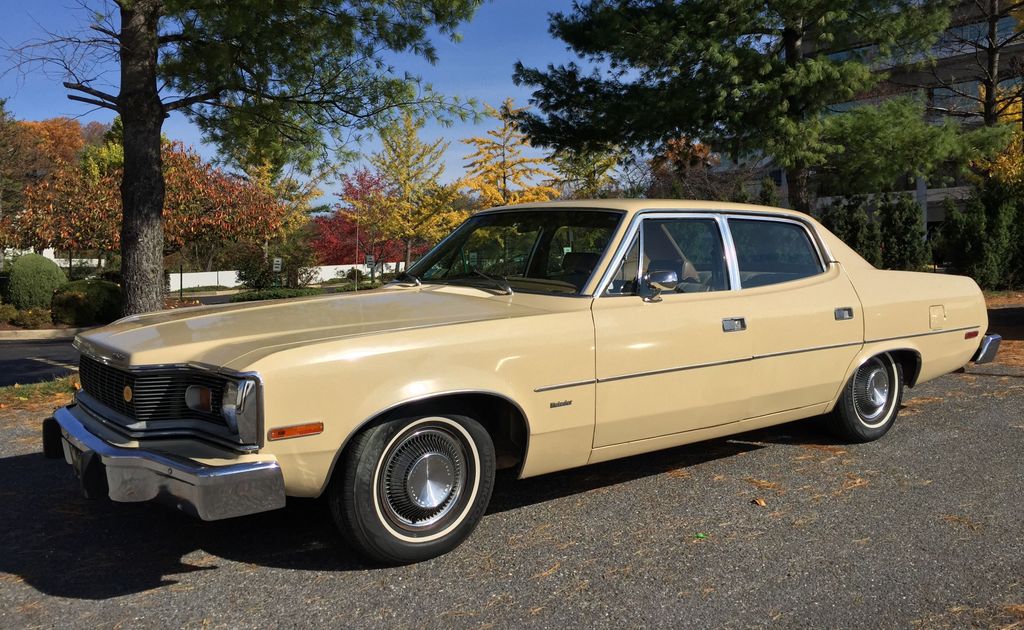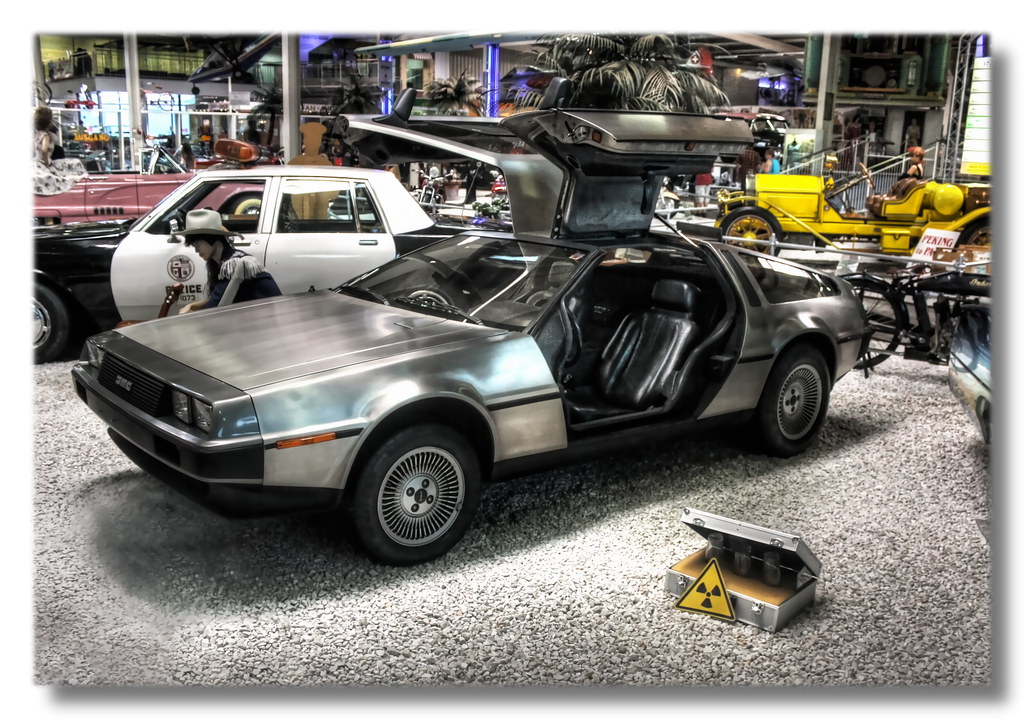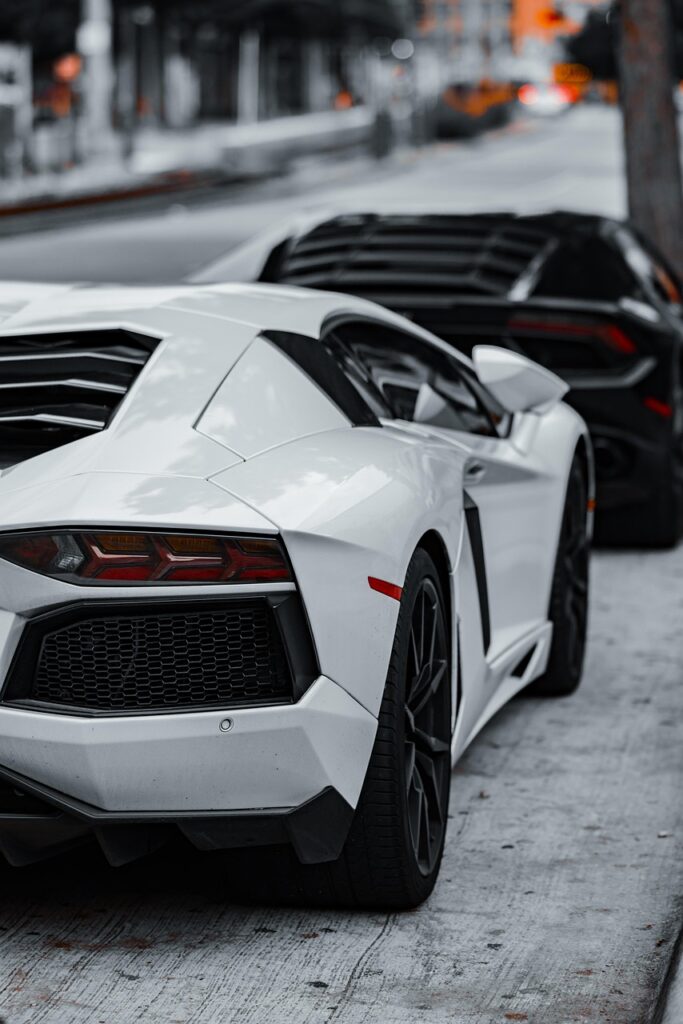
Alright, let’s be honest with ourselves for a moment. We all tend to think we’re the best drivers out there, right? Everyone else on the road is either a lunatic, an idiot, or just plain oblivious. It’s a universal truth of the asphalt jungle, a silent pact we make with our own rearview mirrors. But here’s the thing: while it’s easy to point fingers, sometimes, those fingers point right back at the cars we choose to drive, or more accurately, the driving habits that seem to follow certain models like a shadow.
There’s a fascinating, sometimes frustrating, sociology to car culture, where vehicles earn reputations not just for their performance or their looks, but for the way their owners behave once they’re behind the wheel. We’re not talking about isolated incidents here; we’re talking about pervasive stereotypes, fueled by everything from viral videos to countless shared experiences on the road. These aren’t always fair, of course – it’s the person, not the metal, that truly makes a ‘bad driver.’ Yet, the stereotypes stick, evolving over years of perception, memes, and yes, sometimes even cold, hard data.
We’re taking a deep dive into some of the most notorious vehicles out there, the ones that have regrettably become shorthand for problematic driving behavior. We’ll explore the legends, the anecdotes, and even some of the numbers that back up these unflattering reputations. Get ready to question if your ride, or perhaps your driving style, is contributing to the legend. Let’s peel back the layers and see why these cars, fair or not, are saddled with such distinctive, sometimes maddening, driver vibes.
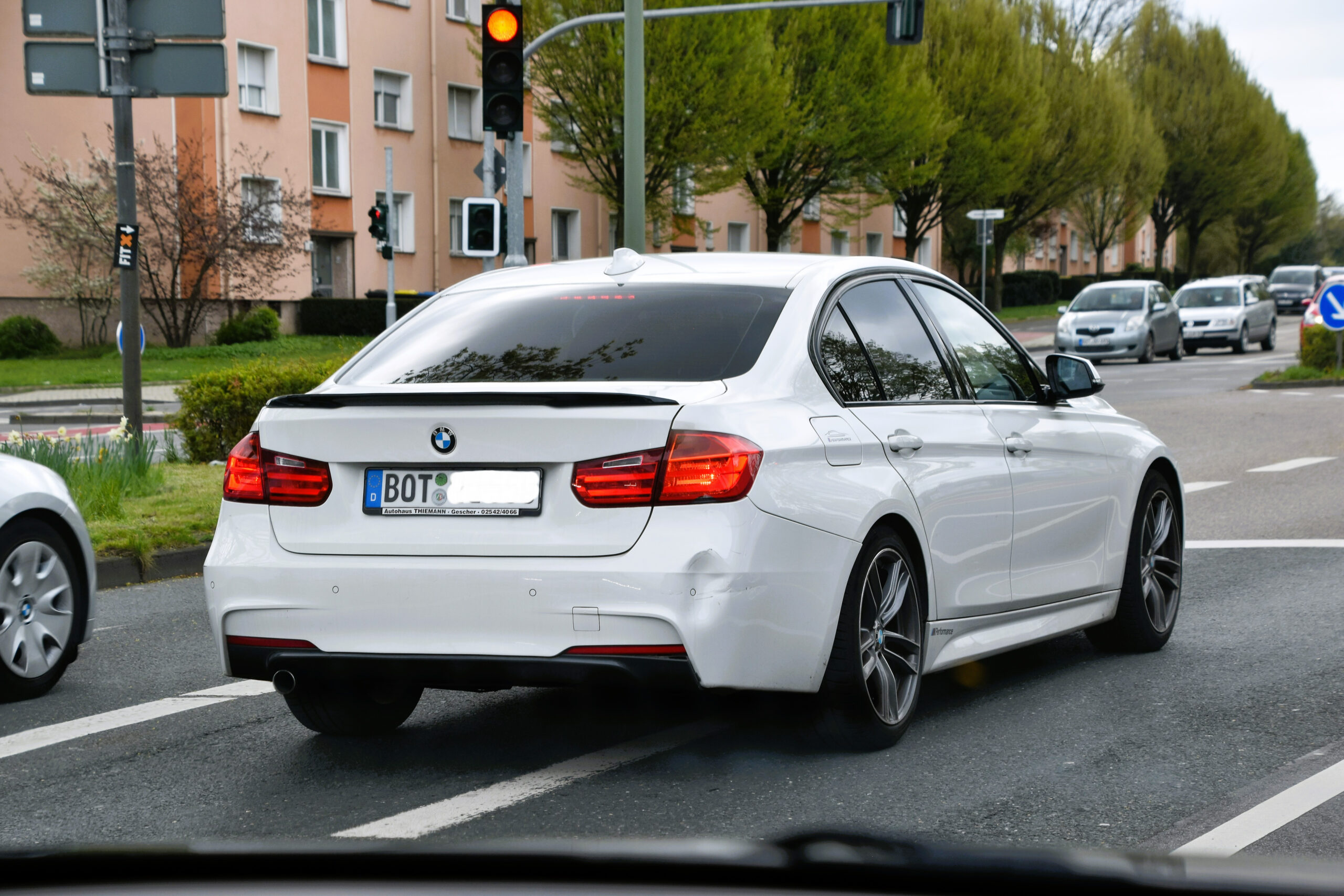
1. **BMW 3 Series**Ah, the BMW 3 Series. This sedan has earned a reputation so potent it’s practically a legend in its own right, oft-dubbed the “left-lane overlord.” When you see a 3 Series in your rearview, especially one rapidly approaching, a little brace-yourself instinct might kick in. Owners of these sleek, performance-oriented machines are frequently stereotyped as tailgaters, drivers who weave through traffic with an almost surgical aggression, often at speeds that would make a drag racer blush.
It’s not the car itself, of course, but the performance capabilities it offers seem to attract drivers eager to push those limits – unfortunately, often on public roads rather than a track. This perception is so ingrained in car culture that jokes about “BMW turn signals” have become common, implying their scarcity of use. While the 3 Series is undoubtedly built for a dynamic driving experience, its drivers are frequently blamed for translating that performance into pushing boundaries, and sometimes, the patience of others.
The stereotype isn’t just born from anecdotal observations; it has some statistical backing. According to a 2023 Insurify study, BMW as a brand ranks ninth among car brands for speeding tickets. While this isn’t exclusive to the 3 Series, it certainly paints a picture of a driver base that doesn’t shy away from the accelerator. The modern handling and sporty appeal clearly attract assertive drivers, and for better or worse, that assertion sometimes manifests in ways that leave fellow motorists shaking their heads.
Read more about: 10 Cars to Skip: They Become Costly Money Pits After 100,000 Miles

2. **Dodge Charger**When we talk about raw American muscle and a reputation for unbridled aggression on the road, the Dodge Charger inevitably enters the conversation. Drivers of this powerful machine are practically synonymous with burning rubber and treating public highways like their own personal racetracks. The sheer horsepower coiled beneath the hood seems to call out to a specific type of driver – one who’s keen to test boundaries, to feel the surge of acceleration, and to make their presence known.
This propensity for testing limits often translates into reckless speeding and a general street racing demeanor, much to the chagrin of other motorists. From impromptu drag races at stoplights to weaving through traffic with an almost defiant confidence, Charger drivers have cemented an image that’s hard to shake. It’s an intoxicating blend of performance and attitude that, in the wrong hands, can certainly lead to frustrating, if not outright dangerous, maneuvers.
The Charger’s connection to street racing culture runs deep, and unfortunately, it’s not just a figment of our collective imagination. This model consistently shows up on lists tracking high-speed violations and risky on-road behavior. Law enforcement in major metropolitan areas, such as Atlanta and Miami, have even flagged the Charger for a high rate of illegal maneuver citations. So, while it possesses the potential to be a practical sedan, its reputation for aggressive driving sadly often overshadows its more sedate capabilities.
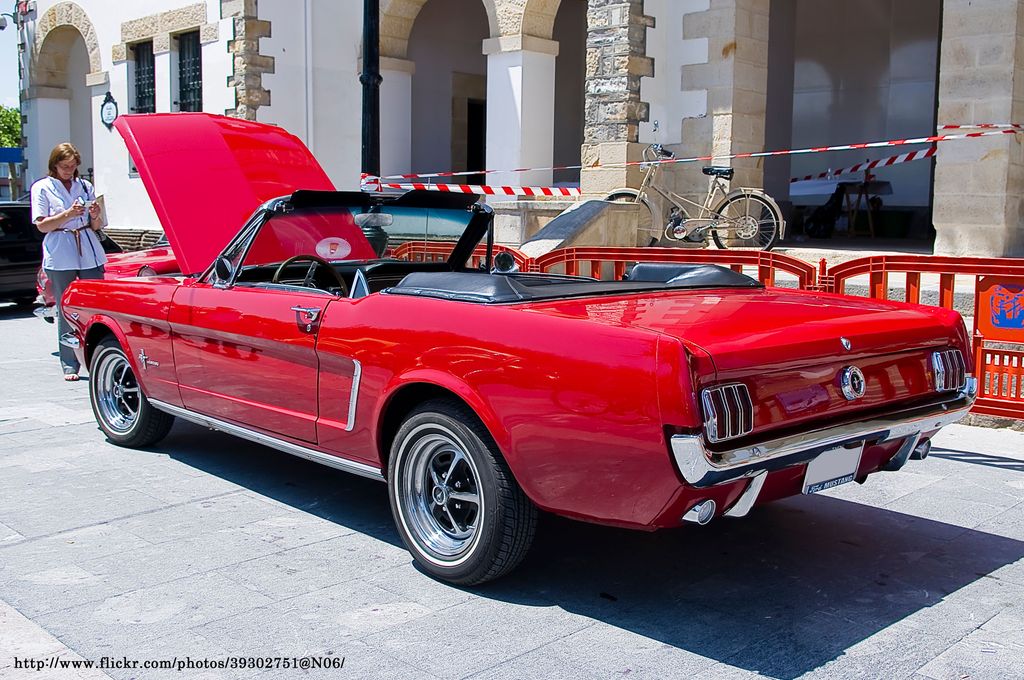
3. **Ford Mustang**The Ford Mustang, an icon of American automotive spirit, paradoxically carries a notorious reputation for drivers who, shall we say, enjoy a bit too much showboating. It’s a classic case of power meeting overconfidence, often with spectacular, and sometimes viral, results. Mustang owners have become infamous for losing control during crowd-pleasing stunts, those ill-advised burnout attempts that often end with the car careening into an unintended obstacle, or worse, a crowd.
Indeed, social media is awash with viral videos of Mustangs crashing spectacularly at car meets and events, an unfortunate legacy that has done little to dispel the stereotype. While it’s crucial to acknowledge that countless Mustang owners drive responsibly and with great care, the actions of a few bad apples have undeniably cemented the Mustang’s image as a vehicle associated with dangerous overconfidence and a penchant for pushing the limits a little too far, a little too publicly.
Seeing a Mustang rev loudly next to you at a traffic light often triggers a subtle red flag, an anticipation of either a burst of speed or an ill-advised demonstration of power. National safety data further compounds this image, placing Mustangs high on the list for incidents related to misjudged acceleration and driver overconfidence. It’s a powerful, beautiful car, but one whose allure sometimes leads its drivers down a path of a bit too much bravado, creating a reputation that’s hard to outrun.
Read more about: EVs Go Mainstream: Unpacking the Top Affordable Electric Cars and Tesla Alternatives You Can Buy Today
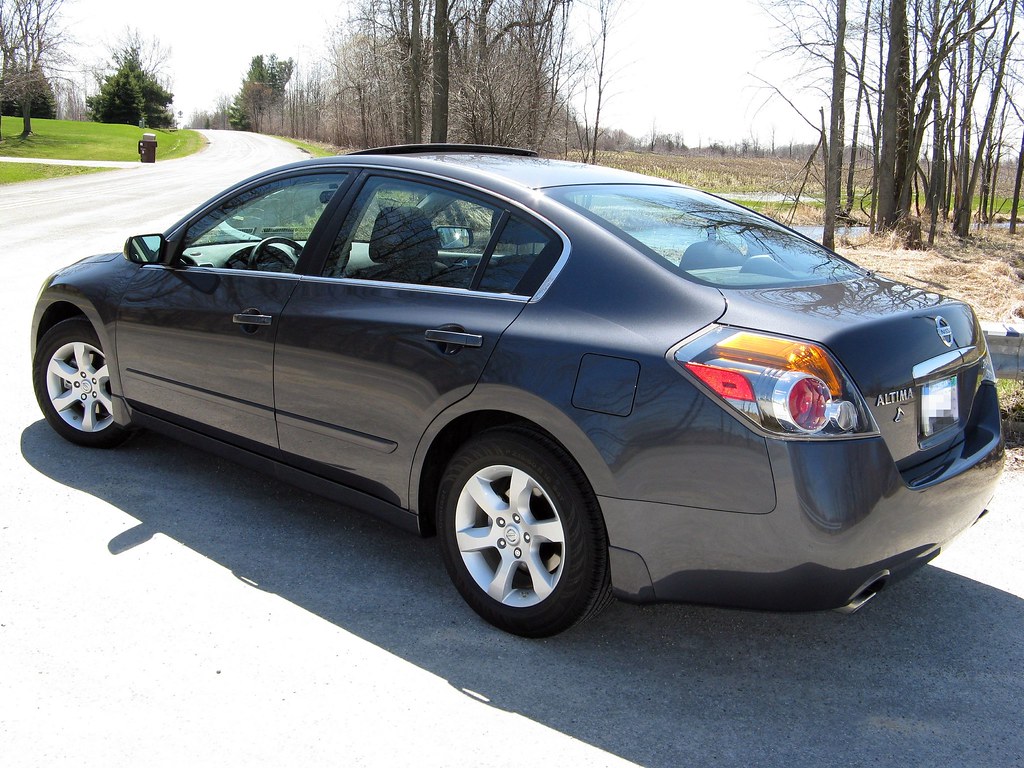
4. **Nissan Altima**If there’s one car that has surprisingly, and perhaps unfairly, become the poster child for ‘bad driving’ in recent years, it’s the Nissan Altima. Often referred to, without a hint of irony, as the “unofficial car of bad drivers,” the Altima is linked with a constellation of undesirable road behaviors: speeding, incessant tailgating, and general recklessness. It’s a phenomenon that has baffled many, but its ubiquity on the road certainly plays a role.
The Altima’s sheer affordability and widespread availability mean it’s absolutely everywhere, increasing the frequency of negative experiences associated with its drivers. It’s a classic case of quantity meeting perception, where a higher volume of vehicles on the road statistically increases the chances of encountering a driver exhibiting less-than-stellar road manners. This widespread presence, unfortunately, amplifies the negative stereotype, making it stick with remarkable tenacity.
Social media, ever the accelerant of popular opinion, has poured gasoline on this fire, generating countless memes that playfully, yet pointedly, mock Altima drivers. Fair or not, the stereotype has burrowed deep into car culture. So, while the Altima itself is a perfectly functional and common sedan, its perceived driver behavior has earned it a uniquely unflattering, and often humorous, place in the pantheon of cars everyone associates with problematic motorists.
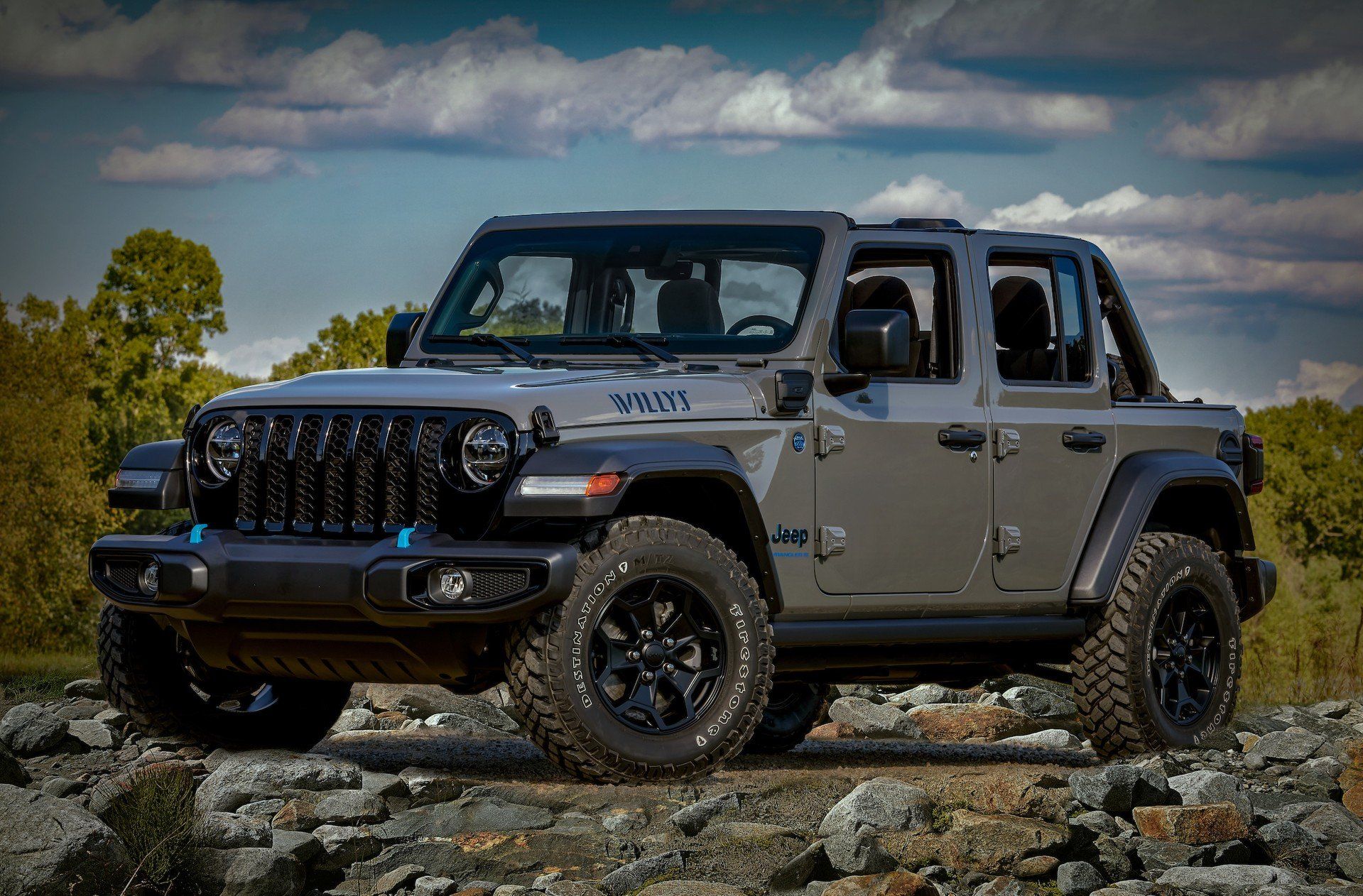
5. **Jeep Wrangler**The Jeep Wrangler: rugged, iconic, and undeniably capable off-road. Yet, its presence on asphalt often brings a different set of criticisms, specifically regarding the road manners of its drivers. There’s a distinct feeling that the Wrangler’s robust, go-anywhere design inspires some owners to treat public streets and highways with the same carefree attitude they’d employ on a dirt trail. This translates into behaviors that can be, to put it mildly, less than courteous.
Observations often include lane drifting, which is perhaps exacerbated by the vehicle’s high center of gravity and sometimes oversized tires or lifted suspensions. These modifications, while perfect for rock crawling, can add a certain chaotic instability to highway speeds, further fueling the stereotype. The Wrangler is undeniably fun, offering a sense of freedom and adventure, but it’s not always the most stable or precise vehicle when cruising at 70 mph.
Many motorists have come to associate Wrangler drivers with a sort of carefree – but often careless – approach to driving. It’s as if the spirit of the wild trail occasionally spills over onto the structured blacktop, leading to a disregard for conventional road etiquette. While the Wrangler embodies a unique automotive culture, its translation to daily road use often leaves a bit to be desired in terms of predictable and polite driving behavior, lending weight to its ‘rough around the edges’ reputation.
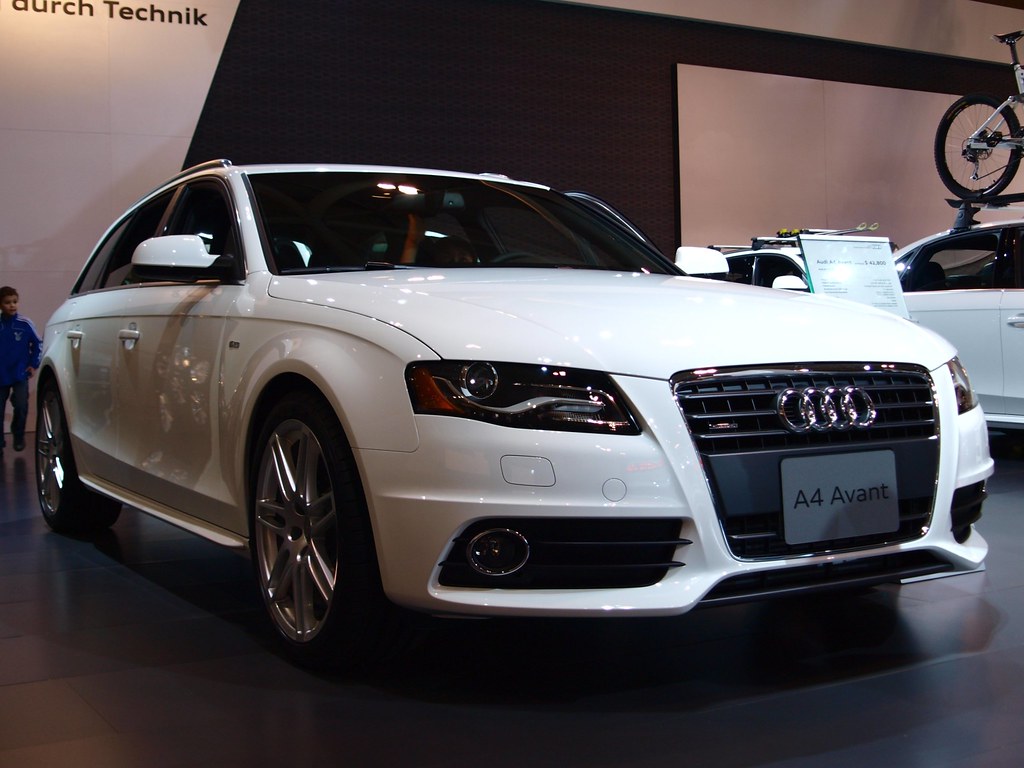
6. **Audi A4**Audi, with its sleek designs and sophisticated German engineering, often evokes an image of understated luxury. However, when it comes to the A4, its drivers frequently find themselves in the same notorious category as their BMW counterparts. They are seen as luxury car drivers perpetually in a hurry, regardless of traffic conditions, operating with a palpable sense of impatience that translates directly to their driving style.
The stereotype includes a penchant for abrupt, sometimes jarring, lane changes and, perhaps most infamously, a severe allergy to using their turn signals. It’s a behavior pattern that speaks to an underlying belief that their presence on the road dictates the flow of traffic, or at least grants them special dispensation from common courtesies. While the A4 is undeniably a stylish and capable car, delivering a refined driving experience, it has regrettably become shorthand for impatient, discourteous road habits.
This isn’t purely observational, either. Data, according to Insurify, indicates that Audi A4 drivers receive rude behavior citations at a rate of 45.4 per 1,000, which is significantly above average. While these citations don’t necessarily highlight excessive speeding or crashes, the pattern clearly reflects a different, but equally frustrating, kind of poor driving: cutting people off and general discourtesy that undeniably fuels tension on our already busy roadways. For many, seeing an A4 appear suddenly in traffic is often met with an internal, or sometimes external, eye roll.
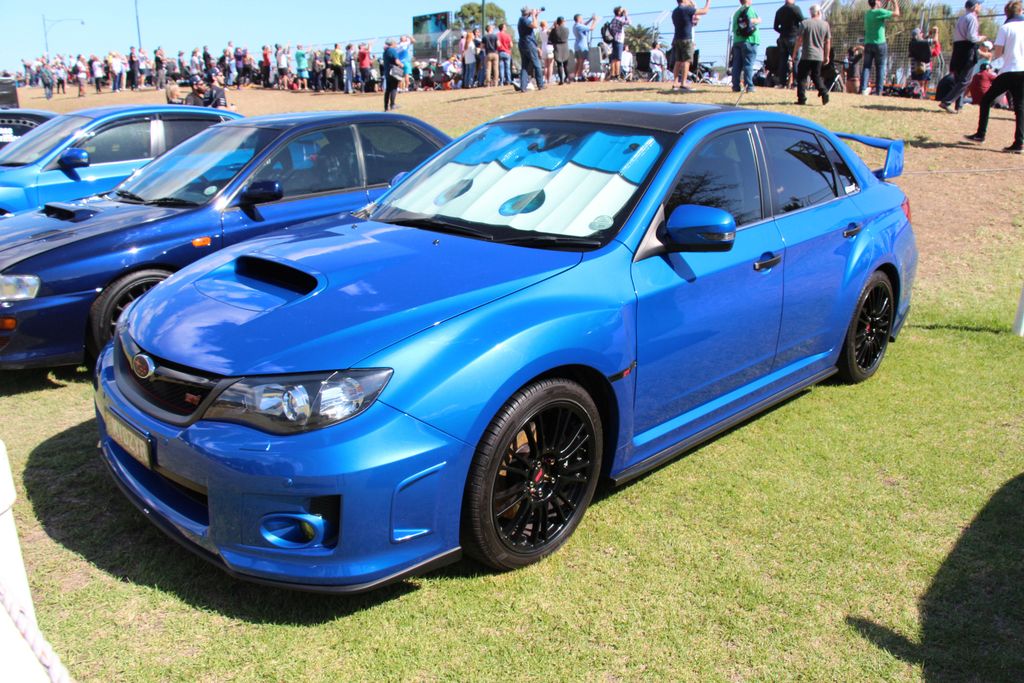
7. **Subaru WRX**The Subaru WRX holds a special place in the hearts of car enthusiasts, revered for its turbocharged engine, all-wheel-drive prowess, and rich rally heritage. It’s a car designed for engagement, for pushing limits, and for a visceral driving experience. However, these very attributes also mean it carries a notorious, and often deserved, reckless driver stereotype, attracting a demographic eager to explore the outer bounds of its capabilities.
Speeding and aggressive cornering are frequently linked with WRX owners, behaviors that align with the car’s high-performance capabilities but are ill-suited for public streets. While the passion for driving is understandable, it often translates into pushing the car (and the rules) a bit too hard. It’s a delicate balance between celebrating the car’s engineering and acknowledging the way some drivers choose to operate it in the real world.
The data, unfortunately, lends credence to these perceptions. According to Insurify, a significant 13.6% of WRX drivers have speeding tickets, a rate well above the national average. Furthermore, the driver fatality rate for the WRX stands at 54, compared to a norm of 36, derived from insurance-based data. These safety concerns highlight that while not all WRX drivers fit the mold, enough do to give the car its persistent reputation. Onlookers often assume that a WRX zipping past is piloted by someone actively testing its limits, rather than simply enjoying a commute.
Read more about: Get Ready to Drool: 14 Vintage Rides Every Boomer Dad Dreams Of Owning
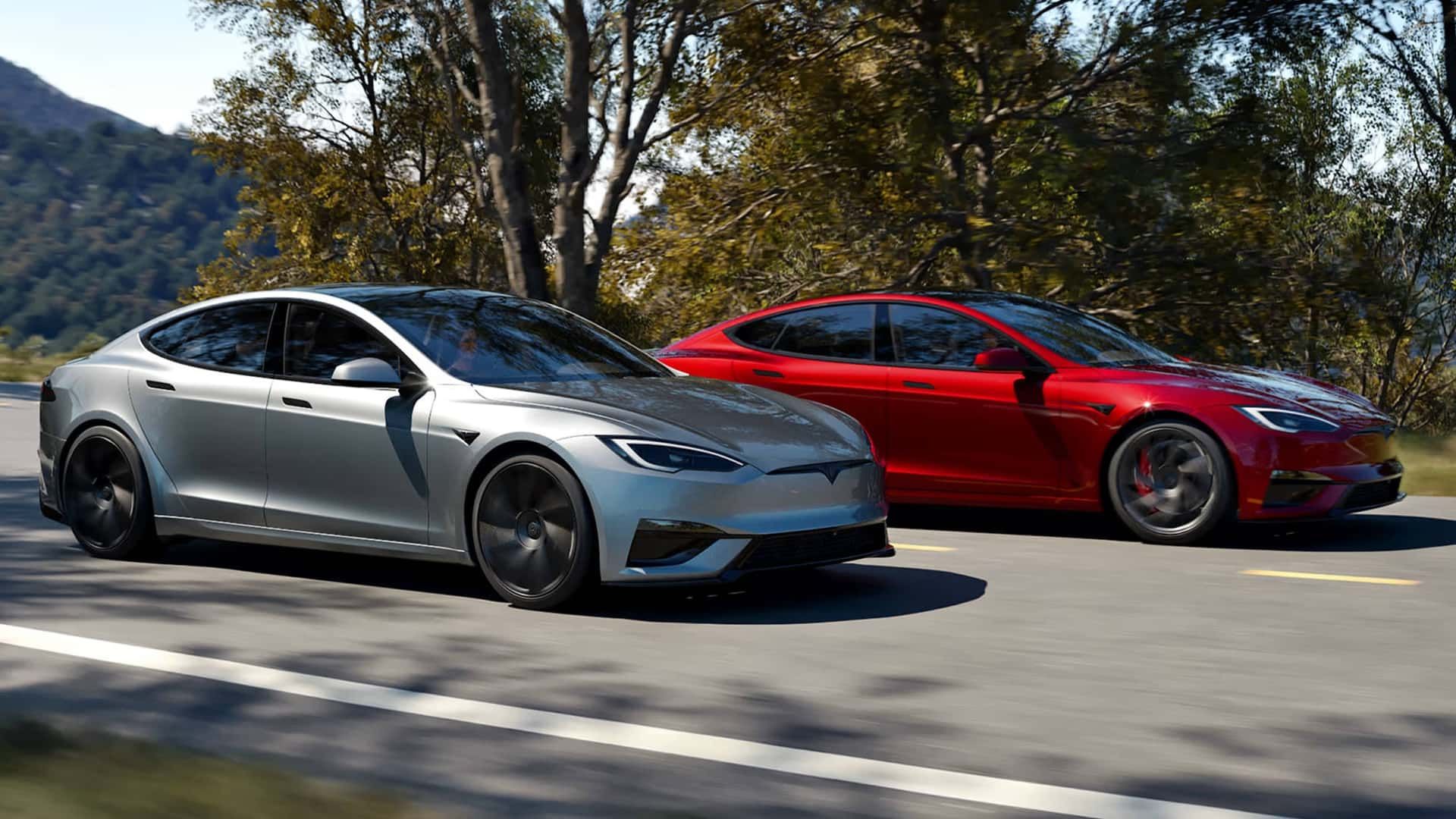
8. **Tesla Model 3**Ah, the Tesla Model 3. It’s the poster child for new-age automotive tech, a beacon of electric innovation, but it’s also, controversially, becoming a poster child for some truly head-scratching driver behavior. While these cars are packed with advanced driver-assist features like Autopilot, it seems that some drivers interpret ‘assist’ as ‘do everything for me, while I check my Instagram.’ This isn’t just an observation; reports of distracted driving involving Teslas, particularly when Autopilot is engaged or, rather, *misused*, are becoming increasingly common.
The National Highway Traffic Safety Administration (NHTSA) isn’t exactly thrilled, having launched several investigations into Model 3 crashes where driver-assist settings were in play. It’s almost as if the very technology designed to make driving safer is, in some hands, leading to an overconfidence that borders on outright negligence. We’re talking about a phenomenon where the driver essentially checks out, assuming the car will handle everything, which is a recipe for disaster when the car inevitably encounters a situation it’s not programmed to handle.
So, there you have it: a deep dive into the vehicles that, for better or worse, have become synonymous with drivers who sometimes make us all want to scream into our cupholders. It’s a potent reminder that while we love our machines, it’s the human behind the wheel who truly dictates the vibe on our shared roadways. And sometimes, that vibe is anything but chill.

